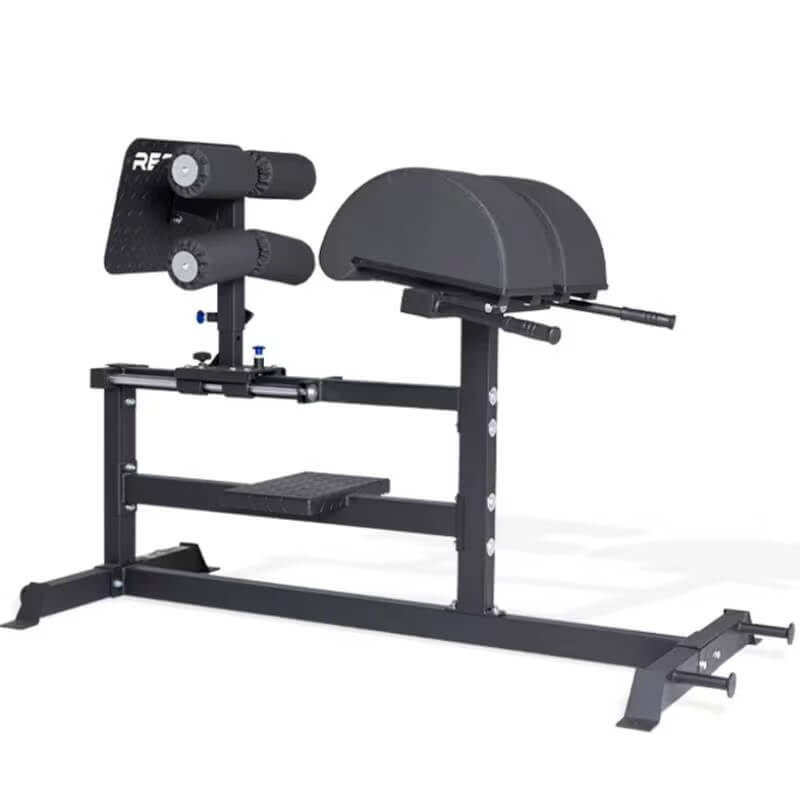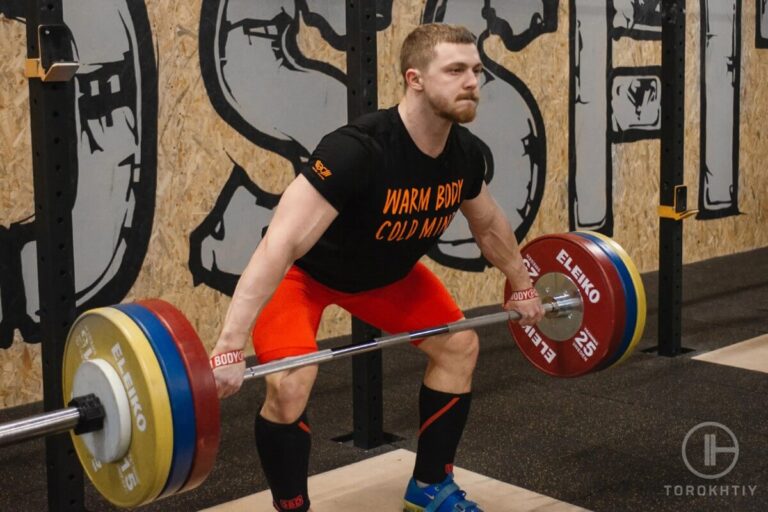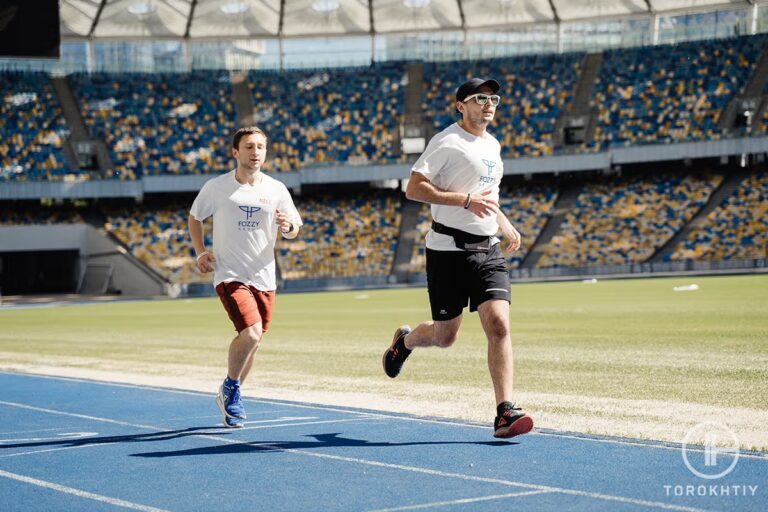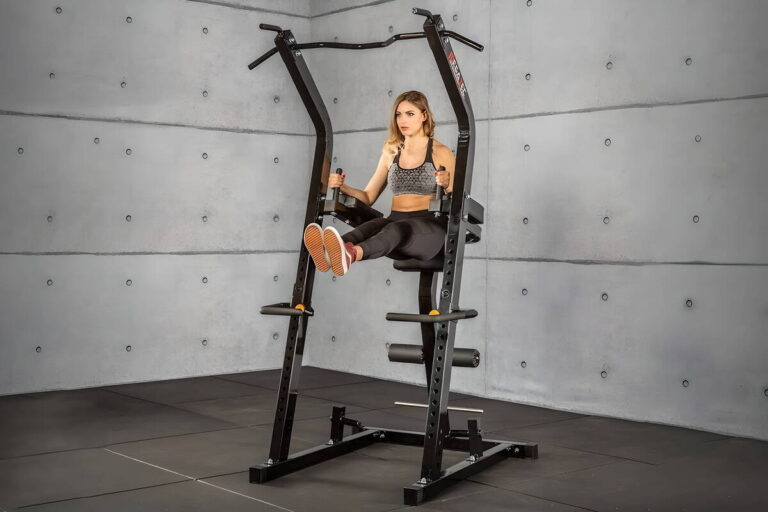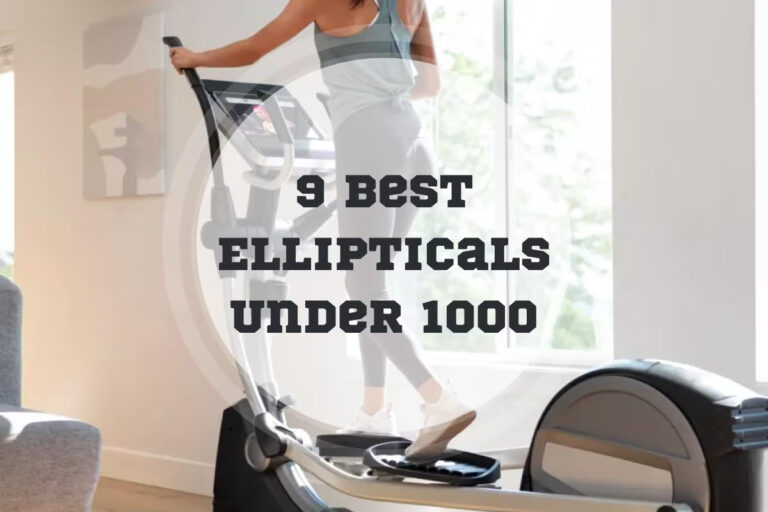GHD Sit Up: Benefits, Technique & Alternatives
Reviewed by: Oleksiy Torokhtiy (21 years of Oly Lifting experience)
Let’s be frank and not beat around the bush – the GHD sit up can be intimidating. If you’re not a regular at the gym or you don’t have a lot of experience with fitness machines, chances are you’ve either never seen it, or you did see it and gave up trying before you even started.
A lot of people just starting out belong to the second group; the first time you’d see someone doing it, you’d probably be overwhelmed and you would give up without even trying to do one yourself. Of course, people just starting out might not have any issues with workouts that look challenging, but…
When seeing a GHD sit-up, you’d be forgiven to think that the machine might break your back. No joke.
If you’re lucky and are starting out with a trainer, or a more experienced friend, they would persuade you to try it and let me tell you, your core will love it. So, if you’re thinking you can’t perform a GHD sit-up or that it’s not worth the effort, this article will prove you wrong.
Not only is it not that hard to do, but it also has a number of benefits (yes, you read correctly; it’s not just about an attractive six-pack). Not to worry, I also have some alternatives to the glute ham sit up prepared for you if you want to mix it up a bit.
But enough babbling, let’s get right into it!
What is a GHD sit-up? A GHD sit-up is an abdominal exercise performed on a GHD machine. It involves lying down, hooking the feet, and using your core to the torso. Your glutes and hamstrings are locked in position, and are strained, but work very little.
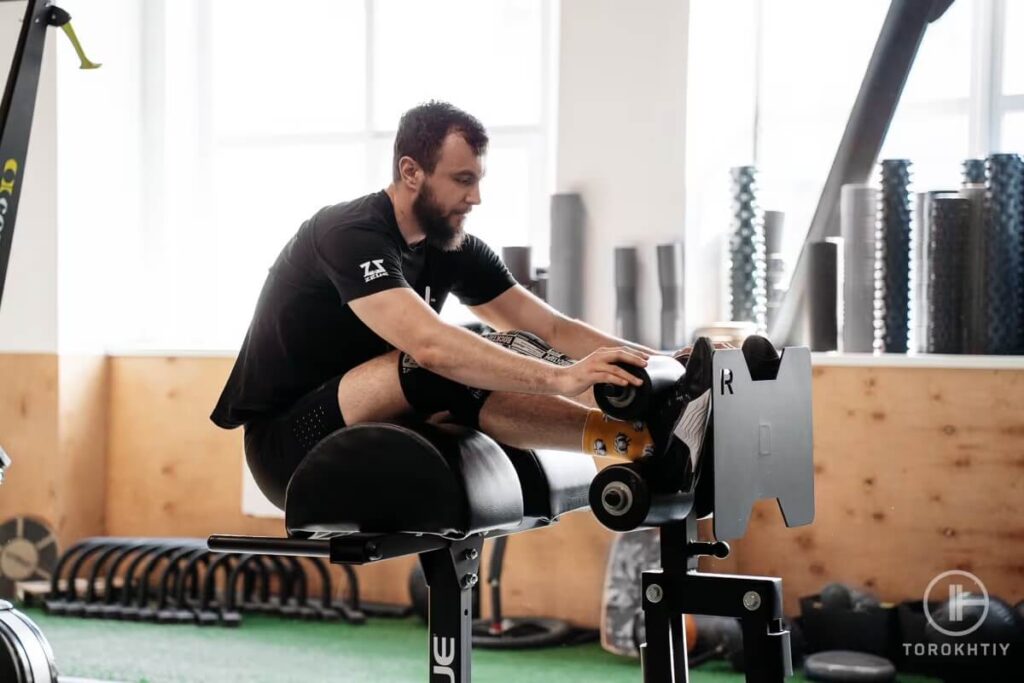
Intro to Ghd Sit-Ups
A GHD sit-up is a very dynamic exercise that primarily targets your core muscles (it’s a sit-up, duh!). If you’ve ever seen any kind of sit-up being performed, this conclusion was not hard to reach. But a GHD sit-up will target a lot more than your core (we’ll get into details a little bit later, no worries!).
You may ask, why should I choose a GHD sit-up instead of a traditional one? A sit-up is a sit-up, how different can they be? I don’t blame you for thinking that but as it turns out, there are quite a few differences.
The first thing you may notice is the range of motion; it’s noticeably larger than the one of the traditional sit-ups, almost three times as large. This means that it also engages your core muscles much more and thereby offers a much more challenging and intense workout.
With the right technique and enough practice, a GHD sit-up will be incomparably more beneficial to you.
6 Muscles Worked by Training Ghd Sit-Ups
GHD sit ups look simple, at first glance anyway, but you might be more curious at exactly which muscles are being worked by this machine before you decide to incorporate it into your fitness routine. I wanted to know exactly what muscles I’m targeting so I can decide if the additional effort is worth it.
It’s a challenging exercise, after all, and if you’re just targeting the same muscles as you do with traditional sit-ups, what’s the point (other than the workout looking infinitely cooler)?
Let’s see which muscles will thank you for choosing to do your sit-ups on a GHD machine.
1. Abs
Okay, a no-brainer, I know. Everybody knows you target your abs with sit-ups, but they’re still worth mentioning. Abs are the reason the majority of people do sit-ups – those are the muscles responsible for a six-pack.
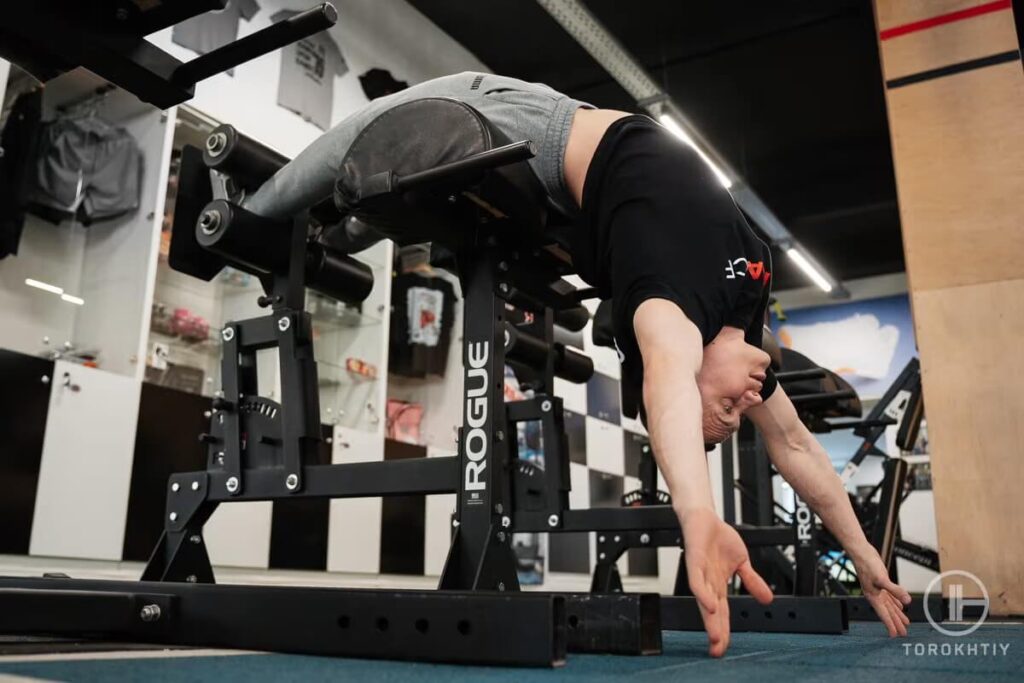
2. Hip Flexors
A GHD sit-up will also work your hip flexors; these help lift your body up and bring it closer to your thighs.
3. Glutes
Yes – you read correctly. A GHD sit-up will work your glutes. Your glutes help extend your hips and lift you up from the bottom position. You have to admit that a sit-up that works your glutes is pretty cool (and strong glutes have never been more popular than today).
4. Hamstrings
Another shocker, right? If you include GHD sit-up in your fitness routine, your hamstrings will love you for it. These muscles stabilize your legs and help with getting you up.
5. Lower Back
These are the muscles along your spine, and they help in keeping you stable while you perform fitness sit ups. They help you against arching or rounding your back too much.
6. Quadriceps
The quads are not the main focus of GHD sit-ups, but they still get a decent workout out of them. They support you and stabilize your legs.
5 Purposes of Doing Ghd Sit-Ups
So, now you know that the majority of your body gets a great workout when doing GHD sit-ups. But they still look really challenging and you’re not ready to switch over from your regular sit-ups, you say?
Always remember that you’ll never make any progress in your comfort zone. I know regular sit-ups are familiar and comfortable, but if you want to grow, you need to get uncomfortable and upgrading your run-of-the-mill sit-ups to GHD sit-ups is the way to go.
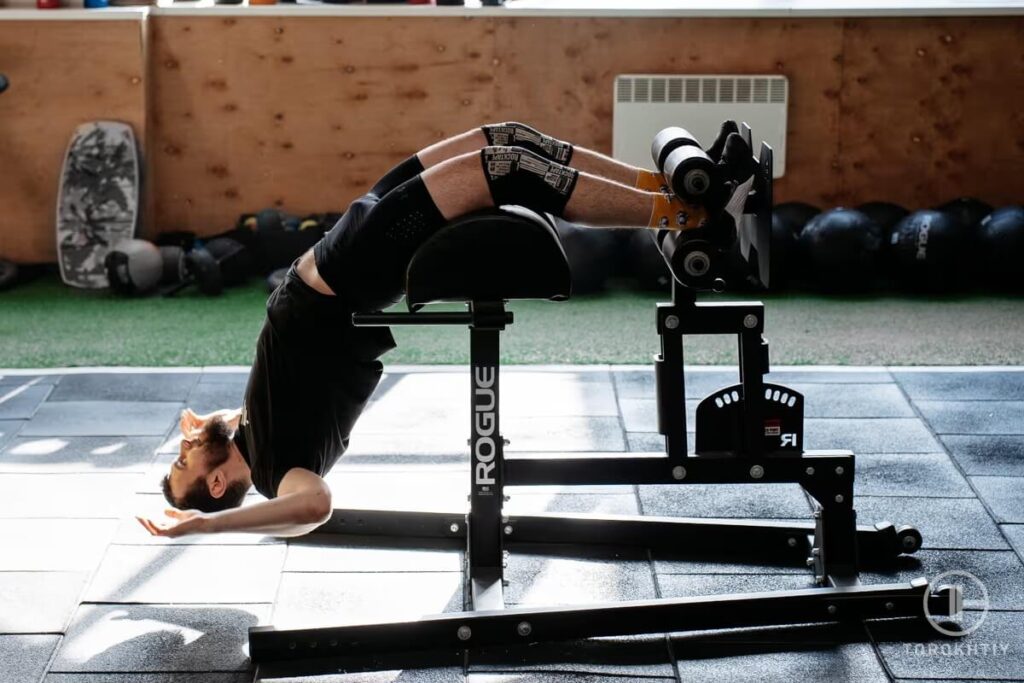
1. Core Strength
This is the most pronounced benefit. GHD is also amazing for core strength and endurance. Core endurance is what decides how long you can keep your core engaged. Building core endurance helps with running, lifting, and many other activities.
2. Functional Fitness
Have you ever heard of functional fitness? Exercises that imitate movements you do in everyday life are considered to be functional fitness, and GHD sit-ups are one of them. GHD sit-ups will help you with any daily activities that require stability and strength. They’ll also help with improving the strength of your diaphragm.
3. Improved Posture & Stronger Spine
And did you know that strong, fit glutes and hamstrings are not just for posting on Instagram? They improve your posture and make your spine more stable, so that’s another good reason for you to try out GHD sit-ups.
4. Enhanced Flexibility
GHD sit-ups also improve your flexibility. The greater the flexibility, the greater your range of motion and the less risk of injury during other workouts and activities.
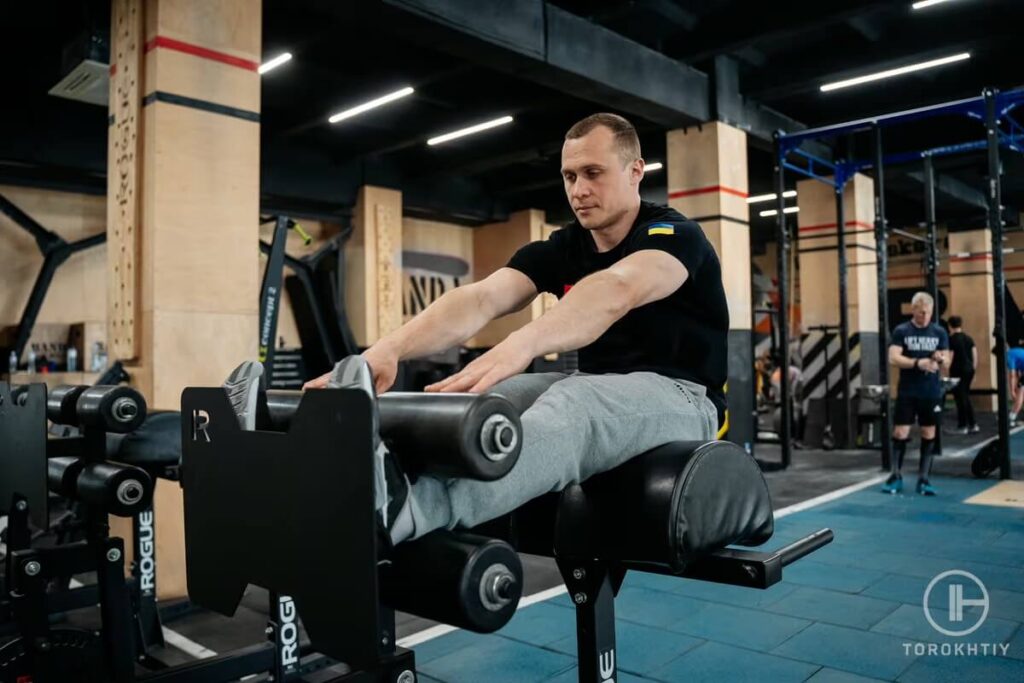
5. Better-looking Abs
Lastly, let’s not forget that six-pack. It’s impressive and everybody wants it. A GHD sit-up will help you get it quicker than your normal sit-up.
I can already see you changing your mind and eyeing that GHD machine at your gym. Good for you, your body will thank you for it!
How to Do Ghd Sit-Ups?
Now that you’ve decided to be brave and do the upgraded version of sit-ups, I’ll explain exactly how you need to do them.
Hop on the GHD machine, sit on the pad, and hook your feet under the footpads. Make sure you feel that they’re hooked securely and that you feel safe. Next, adjust the machine so that your hips are at the edge of the pad and your torso is hanging off the back, parallel to the ground (it sounds scarier than it is, I promise).
Now draw your belly button in towards your spine; doing this will stabilize your spine and torso.
Slowly begin to lower your body towards the ground. Your back needs to be straight while you’re doing this, and your core should be engaged. As you go lower, extend your arms over your head.
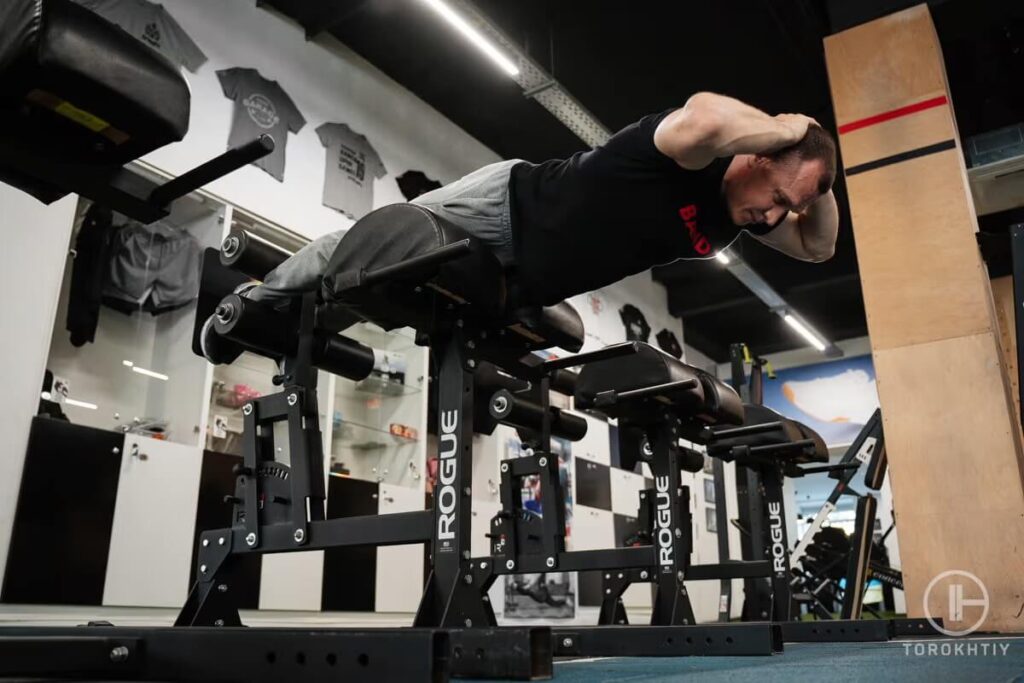
Once your upper body is parallel to the ground, start going back up by contracting your abs. Use your core strength to bring your torso in the upright position.An important thing to remember is that, as you’re coming up, you need to keep the movement controlled.
Avoid using momentum because you won’t get the most out of your workout. Do not arch your back or try to use your arms to help yourself back up. And you’re done! Congratulations, you just successfully performed your first GHD sit-up.
5 Ghd Sit-Ups Alternatives
I’ll be honest with you, even the most effective workout can become boring if you don’t mix it up from time to time. I’m a huge fan of GHD sit-ups and I can see the results from them pretty quickly, but for me, it’s not just about the results. I love the experience of working out so when a workout becomes a chore, I spice things up.
Here’s how:
1. Reverse Crunches
Reverse crunches are amazing for your abs, especially the transversus abdominis, or TrA, which are the deepest of the six abdominal muscles. To do a reverse crunch first you need to lay flat on your back. Then you pull your legs towards your chest and also lift your hips off the ground at the end of the movement. Then extend your legs to finish one rep.
2. Jackknife Sit-Ups
Again, lay on your back. Your legs are going to be bent, together and slightly off the ground – just enough so that you feel the tension in your abs. Your arms are going to be stretched out straight above your head (not face, but head).
When ready, pull your legs and knees towards yourself and at the exact same time, simultaneously you’re going to reach forward with your arms staying straight. Try to meet/touch your legs and arms. While doing that, exhale. Then go back in the first position to complete one rep.
3. Hanging Leg Raises
Hang from a pull-up bar with your arms fully extended, then lift your legs towards your chest (make sure you keep your legs straight!). Lower them back, but do it in a controlled way, do not use momentum.
4. V-Ups
I’ve saved the best for last; V-ups are my favorite alternative to sit-ups. Lie on your back, extend your legs and stretch your arms over your head. Then, lift your legs and your arms at the same time (aim to touch your toes with your hands). Go back down with control. Trust me, you’ll feel this one all over your body.
5. Hollow Rock Holds
In Hollow Rock Holds you are laying flat on your back with both your legs and arms stretched out. Neither should be touching the ground. It’s similar to doing a V-up, but what you’ll do is hold the ‘V’ postion.
Tips From the Champ
The thing I like the most about it is how adjustable it is; it has a whopping 13 adjustable points. This means that you can’t use your height as an excuse not to try GHD sit-ups; this one has you covered, regardless of your height.
Olympic Weightlifting Champion
How to Make a Proper Setup of a Ghd Machine for Sit-Ups?
To be able to do a GHD sit-up, you’ll need to make some adjustments to the machine to be able to do it comfortably and safely.
First, adjust the footplate to a height that you feel comfortable with. When you sit on a GHD, your feet should be secure on the footplate and your knees should be slightly bent.
Next, you’ll need to position the hip pad. The hip pad should be above your hips when you’re seated on the machine. Then, place your feet into the straps. Make sure your feet feel snug, but not tight because a tight fit will mess with your focus. You won’t be able to concentrate on sit-ups if you’re not comfortable.
If you’re not very flexible or experienced, you’ll need to adjust the range of motion. Start with partial, and then increase it as you become more flexible and confident.
You’ll see that adjusting a GHD machine is not hard, especially if you follow my guidelines and don’t go above your body’s limits. Also, don’t be afraid to ask a trainer or someone more experienced to help you.
Ghd Machine for Sit-Ups We Recommend – A Brief Overview of the Product
It’s only appropriate for me to introduce you to my favorite GHD machine and I’m sure a lot of you are going to like it. Why am I so sure of it? Because it combines great price with even better quality. What more can we ask for?
The thing I like the most about it is how adjustable it is; it has a whopping 13 adjustable points. This means that you can’t use your height as an excuse not to try GHD sit-ups; this one has you covered, regardless of your height.
It’s built like a tank, and I’m not exaggerating; it’s made mostly out of 16-gauge steel. Impressive, right?
It’s a bit heavy and I was worried about how I’m going to move all 150 lbs. of it, but it has rear wheels, and I can just roll it around my gym.
The only thing I would change about it are foot rollers – they’re a bit thin and the foam is too soft. It doesn’t really impact my workouts, but it’s just something to keep in mind if you’re thinking of investing in it.
Positives:
Could be better:
FAQ
Are Ghd Sit-Ups Effective for Your Body?
They absolutely are! They can improve core stability, muscle endurance and overall fitness level. If you’re still thinking whether you should do them or not, this is your cue to go ahead and give them a try.
What Ghd Sit-Ups Are More Beneficial for You?
I’ll spare you the suspense and tell you outright – there is no definite answer to this one. Strict GHD sit-ups are great for core strength and stability, and they focus on controlled movements. On the flip side, dynamic GHD sit-ups are all about explosive movements and they add a lot of power and conditioning to your sit-ups. Which works better? That’s up to your preference and fitness level.
What Are the Cons of Ghd Sit-Ups?
The cons of GHD sit-ups are potential lower back strain or injury and tightness or discomfort in hip flexors. Keep in mind, these mostly come from incorrect form.
Conclusion
I would say I made a pretty good case for GHD sit-ups and I’m assuming you’re either thinking about trying them or have not finished reading this article because you’re already busy adjusting your GHD to start with the sit-ups.
Either way, your body will love you for including them in your fitness routine and it won’t take a lot to show you the results.
Have you already tried GHD sit-ups, and do you have any tips to share with us? Are there any other workouts you like for targeting the core? How would you compare GHD sit-ups to traditional sit-ups? Leave a comment and let’s keep the conversation going. Sitting out!
Also read:
- Trx Back Exercises
- Trx Benefits
- How to Use a Balance Board
- Plyo Box Exercises
- Sandbag Workout
- Belt Squat
- Best Gym Water Bottle
- Best Cardio Equipment for Home
References:
- Gluteus Maximus and Hamstring Activation During Selected Weight-Bearing Resistance Exercises // Pubmed:
https://pubmed.ncbi.nlm.nih.gov/29076958/ - Influence of hip and knee positions on gluteus maximus and hamstrings contributions to hip extension torque production // Pubmed: https://pubmed.ncbi.nlm.nih.gov/34496710/
- The real-world benefits of strengthening your core // Health: https://www.health.harvard.edu/healthbeat/the-real-world-benefits-of-strengthening-your-core
- The Importance of Proper Technique and Form to Your Workout // Ahealthiermichigan: https://www.ahealthiermichigan.org/2020/06/08/the-importance-of-proper-technique-and-form-to-your-workout/
- Tips for choosing the right exercise equipment // Health: https://www.health.harvard.edu/healthbeat/tips-for-choosing-the-right-exercise-equipment
- The advantages of body-weight exercise // Health: https://www.health.harvard.edu/exercise-and-fitness/the-advantages-of-body-weight-exercise
- Posterior-Chain Resistance Training Compared to General Exercise and Walking Programmes for the Treatment of Chronic Low Back Pain in the General Population: A Systematic Review and Meta-Analysis // Ncbi: https://www.ncbi.nlm.nih.gov/pmc/articles/PMC7940464/
- Lower Back Pain: What Could It Be? // Hopkinsmedicine: https://www.hopkinsmedicine.org/health/conditions-and-diseases/back-pain/lower-back-pain-what-could-it-be
Why Trust Us?
With over 20 years in Olympic Weightlifting, our team does its best to provide the audience with ultimate support and meet the needs and requirements of advanced athletes and professional lifters, as well as people who strive to open new opportunities and develop their physical capabilities with us.
By trusting the recommendations of our certified experts in coaching, nutrition, dietology, and sports training programming, as well as scientific consultants, and physiotherapists, we provide you with thorough, well-considered, and scientifically proven content. All the information given in the articles concerning workout programming, separate exercises, and athletic performance, in general, is based on verified data. We ensure that you can rely on our professionals’ pieces of advice and recommendations that can be treated as personalized ones which will benefit you and fully meet your needs.
The product testing process is described in more detail here
Author: Ihor Shymechko
Pro Olympic Weightlifter, Coach
Best Results: Snatch – 208 kg,
C&J – 240 kg
Ihor has been a professional weightlifter since 1996, boasting over two decades of competition experience. His notable achievements include clinching the European Championship in 2009 and securing a silver medal in the 105kg division at the Senior World Championships in 2011. Ihor represented his country in the 2008, 2012, and 2016 Summer Olympics. After retiring from competitive weightlifting, he transitioned to coaching, leveraging his vast experience to guide athletes who now compete on both national and international stages.
Reviewed by: Oleksiy Torokhtiy
Olympic Weightlifting Champion
Best Results: Snatch – 200 kg,
C&J – 240 kg
Oleksiy Torokhtiy is a professional athlete boasting 20 years of experience in Olympic weightlifting. With multiple European and World titles under his belt, he has showcased his prowess in two Olympic Games (Beijing 2008 and London 2012). Upon concluding his illustrious career, Oleksiy dedicated himself to coaching. By 2022, he had conducted over 200 weightlifting seminars worldwide. He is the visionary behind an international sportswear and accessories brand known for its motto, “Warm Body Cold Mind.” Additionally, he is an esteemed author and the creator of a series of training programs and eBooks.


